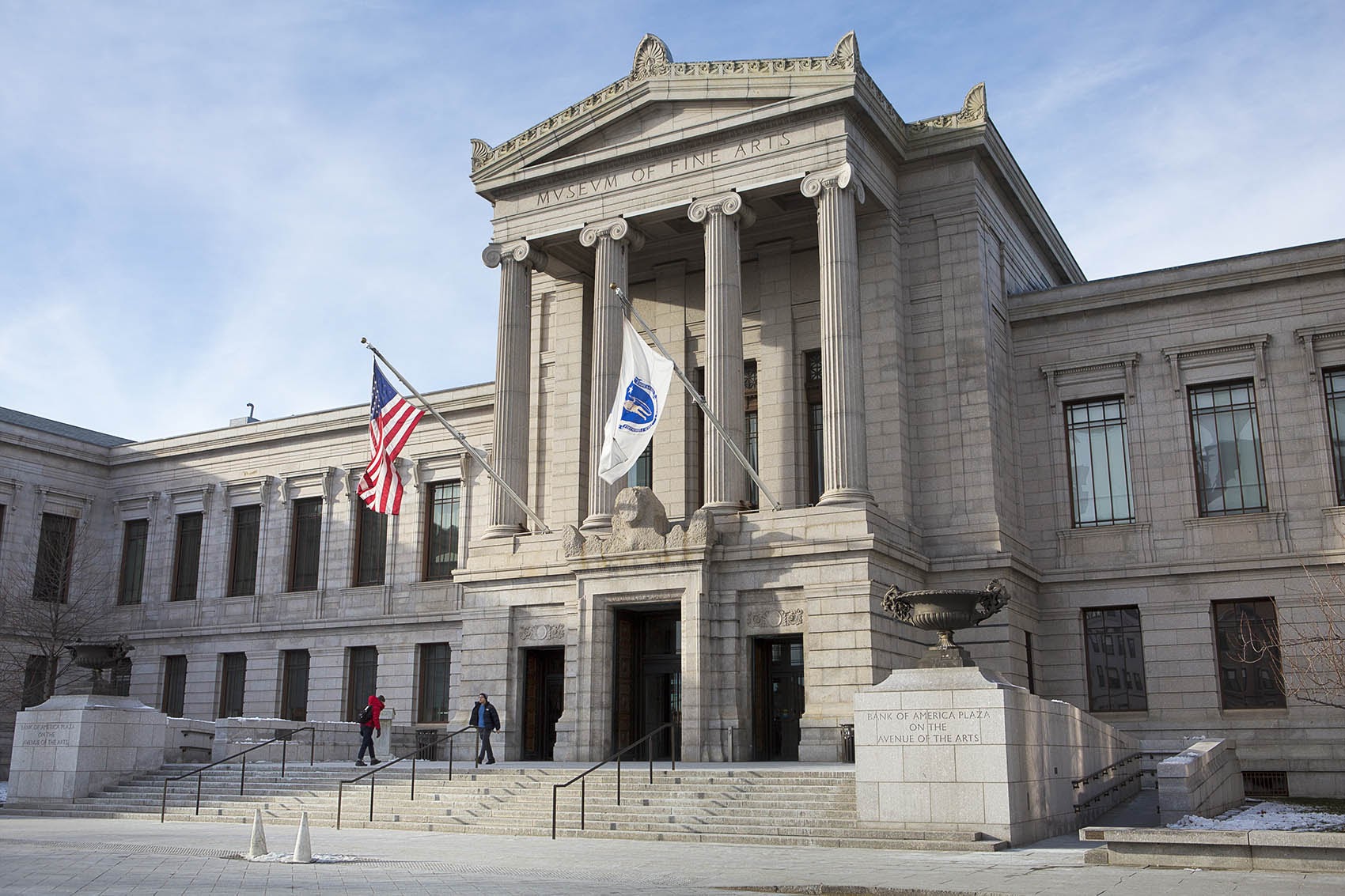A Tufts Student Lead Project: My Home is a Museum
This week, I am very excited to be introducing another segment to our blog called My Home is a Museum, created by fellow Tufts master’s student Sayyara Huseynli. In preparation of its introduction to the Museum Studies Blog, Huseynli agreed to be interviewed in order …

